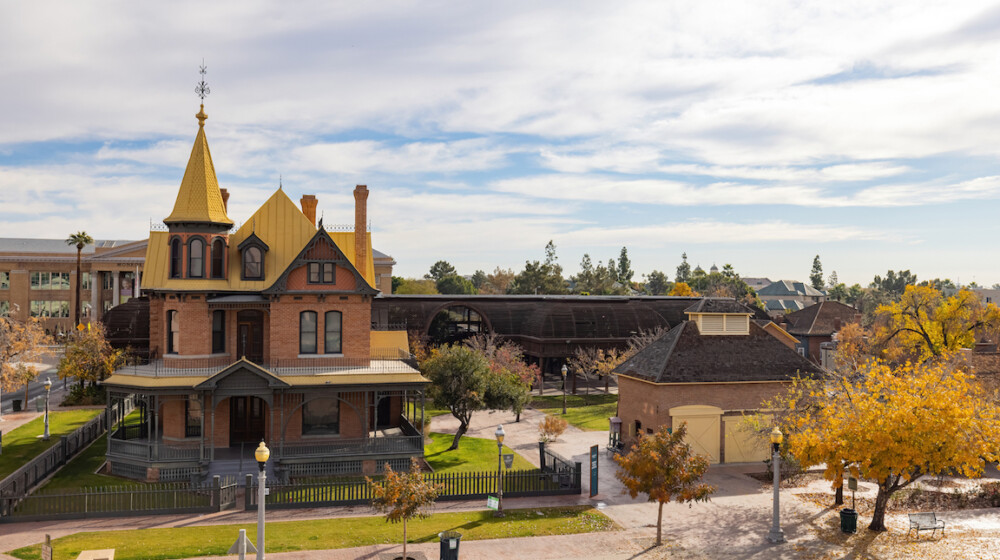Heritage Square Foundation Land Acknowledgment
The Heritage Square Foundation respectfully acknowledges the City of Phoenix – including the land that is now called Heritage Square – is located within the homeland of the O’Odham and Piipaash peoples and their ancestors, who have inhabited this landscape from time immemorial to present day. The landscape is sacred and reflects cultural values central to the O’Odham and Piipaash way of life and their self-definition. This acknowledgement demonstrates our commitment to work in partnership with the Ancestral Indigenous communities to foster understanding, appreciation, and respect for this heritage.
The Salt River Pima-Maricopa Indian Community (SRP-MIC) and the Gila River Indian Community (GRIC) claim aboriginal title (Original Indian Title) to lands exclusively used and occupied by the Akimel O’Odham and Piipaash equaling 3,751,000 acres of South-Central Arizona. Ancestral O’Odham settlements are located throughout the entirety of present-day Phoenix. This land continues to be spiritually connected to the O’Odham of the SRP-MIC and the GRIC, both of which are confederations of two unique cultures with their own languages, customs, cultures, religions, and histories. Both the O’Odham and the Piipaash are oral history cultures and the song culture of these peoples are specifically tied to tangible places. These places can be natural landforms like the mountains that surround our valleys, but they also include archaeological sites because they are part of a cultural landscape associated with specific historic, cultural, and religious values. Those places are tangible reminders to the O’Odham and Piipaash about shared attitudes, goals, and practices that characterize who they are, where they belong, and how they related to each other in the past, continuing today and into the future. The Heritage Square Foundation is committed to honor the vital meaning and intent of this land acknowledgment statement.
Learn more about Land Acknowledgments and why they are important from the Smithsonian National Museum of the American Indian.
